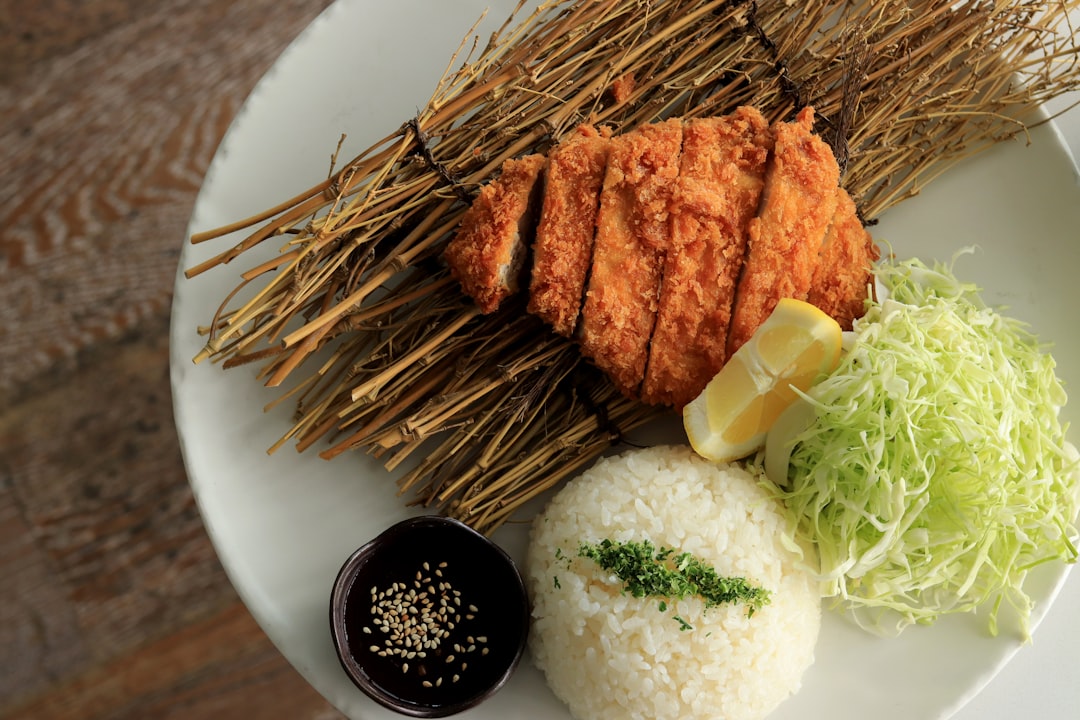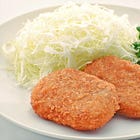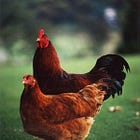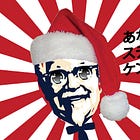One of my personal favourite, yet extremely harrowing, documentaries is about mass-scale factory farming and how one brave chicken chose to defy its captives. While I can go on about how Chicken Run is a great film classic, it is entirely unhelpful as a guide to understanding how chickens came to rule Japan. You may think that chicken eating is not something closely related to Japanese cuisine. Or maybe you think chickens are globally a well-loved bird for how it tastes and Japan is no different.
Today, you will learn how the chicken went from being prohibited to becoming a staple on Japanese tables. Welcome to Part One of the Chicken Chronicles.
Free Range
In pre-war Japan, chicken (and meat in general) was not an everyday meal. Traditionally, chicken had never been a staple of Japanese diets, with pork and fish being the main protein of choice if meat was consumed. Arguably, the period where chickens were friends and not food was in the era of mandatory vegetarianism.
Pre-Meiji Japan featured near blanket bans on meat consumption (deer and wild boar weren’t included on the list), particularly severe during Buddhist Emperor Tenmu’s rule in 675AD. Only until the Buddhist leaders left their posts as Divine Emperor did meat eating resume. With Japan’s relationship with Buddhism and vegetables volatile for over a millennium, it was only the arrival of the Meiji Period that lifted the ban on meat in 1872. Perhaps unsurprisingly, the on-and-off ban on meat was not properly upheld, with many historical cookbooks making reference on how best to prepare flesh dishes. The authors tried to keep it subtle, using surrogate words such as “mountain whale” and “winter flower” as references for meat.
We Meat Again
Even after the no meat sign was removed, the chicken was protected. In 17th Century Japan, the egg clearly came first, with chickens being a source of eggs first and not a source of food. By the time the ban was lifted, there were 3 types of chickens in old-timey Japan. Each served a different purpose, yet one would become the national favourite.
Egg-Laying chicken. The native Jidori chicken. Purpose: egg-laying for eggs.
Cochin. Chickens that landed from China. By boat, as chickens can’t fly. Purpose: eventually to be eaten as chicken.
Shamo & Malay chickens. Chickens from Thailand and South East Asia. Purpose: fighting (between chickens) and gambling (between people).
It was during the Edo Period (when bans on meat were issued but not upheld), chicken was not seen as a regular meal, instead was classified in the vast section of foods known as “birds”. As such, they were consumed with as much regularity as Japanese pheasants, quail cocks, geese, bulbul, ducks and lark.
The tail-end of the Edo period and beginning of the Meiji period saw chickens finally being noticed by their higher-ups. Chicken farming was seen as a priority and eggs a great source of national protein. Farms were ordered to be set up across the land, as though a great wave of eating was to occur. The thinking at the time was, “we want our population to be big and strong, so they must eat a more Western-style diet.” For more on the Meiji-led Western influence on Japan’s food, see these posts.
Grunge era Yakitori
Unfortunately for chicken growers and fortunately for chickens, the meat itself wasn’t becoming mainstream popular. There was limited availability since the farms were just setting up, which meant that chicken was very expensive. Like, more expensive than beef expensive. For restaurants who ended up buying the whole chicken, they started devising ways to maximise use per chicken. While this whole animal butchery style is in vogue with the sustainability crowd nowadays, back in the early chicken period it was simply a way for shops to lower their own costs.
The hand-me-downs of high end chickenteurs to street vendors was established, and the “chicken kebab” stall was founded. Such shops were located near high foot traffic destinations of temples, fairs, and bridges, and sold literal repackaged garbage. The waste products of carcasses, organs, and gristle were scoured from the early lux- chicken boutiques to be provided as street meat on a stick for the masses. The concept of eating off a bamboo stick was already popular from oden and tempura, so various meats found their way to being grilled for the masses.

Yes, this was the early days of yakitori. Just like the early days of anything, it was a grungier, “more real” period of the genre.
The rise of the chicken via yakitori coincided with the tumultuous era known as the early 1900s. Between a Great Earthquake, several World Wars (2), and a Great Depression, it was actually the perfect time for yakitori to thrive. It was cheap and tasty, not to mention cheap. The stalls popped up in major city alleys and were strewn throughout Tokyo black markets, where food safety regulation was a lower priority.
The name stuck as yakitori (grilled chicken) for all meats, be it actually chicken, or beef, horse or pork. These previously undesirable offcuts which were heavily salted to hide less pleasant flavours grew among the populace, as affordability and convenience won out. As this form of eating grew more popular, so too did the culture surrounding this meal.
The cheaper meats meant that the best flavouring for the discarded meat fragments was often copious alcohol. Yakitori became a fixture on bar and izakaya menus, creating a Japanese equivalent of the European beer halls and ultimately fulfilling the Meiji promise of Westernising the national diet.
Beyond relying on non-sobriety for seasoning, the classic tare sauce evolved from the cheap yakitori days. Tare comes in many colours and styles for various dining experiences. However, to put it simply, it is a salty and sweet dark sauce. The ratios may change, the accompaniments too, but there is a general understanding when presented with tare sauce.
During the early yakitori years, availability of the classic sauce ingredients (as well as basically everything) were in limited supply. Staple items like sugar, sake, soy sauce and mirin were closely rationed. Instead, what was on offer was a concoction of discarded and artificial materials to make a soy-sauce substitute (including saccharin, the artificial sugar). This sauce was often enough to mask the less desirable cuts of meats, and to provide citizens some respite during the dark days of Japanese history.
As the ultimate comfort food, yakitori with its companions of alcohol and tare sauce remained in high demand long after its “purpose” as a cheap eat had subsided. After World War II, ingredient substitutes were slowly being substituted for the actual ingredients. Things were reverting to a peacetime economy. Someone naively could imagine this marking the return to the more popular pork and beef. Yet, Japanese people had now developed a taste for chicken.
Everything was set into place for chicken to take over Japan.
Stay tuned for the true story of how Japan went from turning to yakitori in crisis, to embracing the chicken. Like with any wartime story, it involves a Colonel.
This epic multi-part tale continues:











"Like with any wartime story, it involves a Colonel."
Ha! I can't wait.
Who knew?! Fascinating - and quite the thriller! Thank you :)